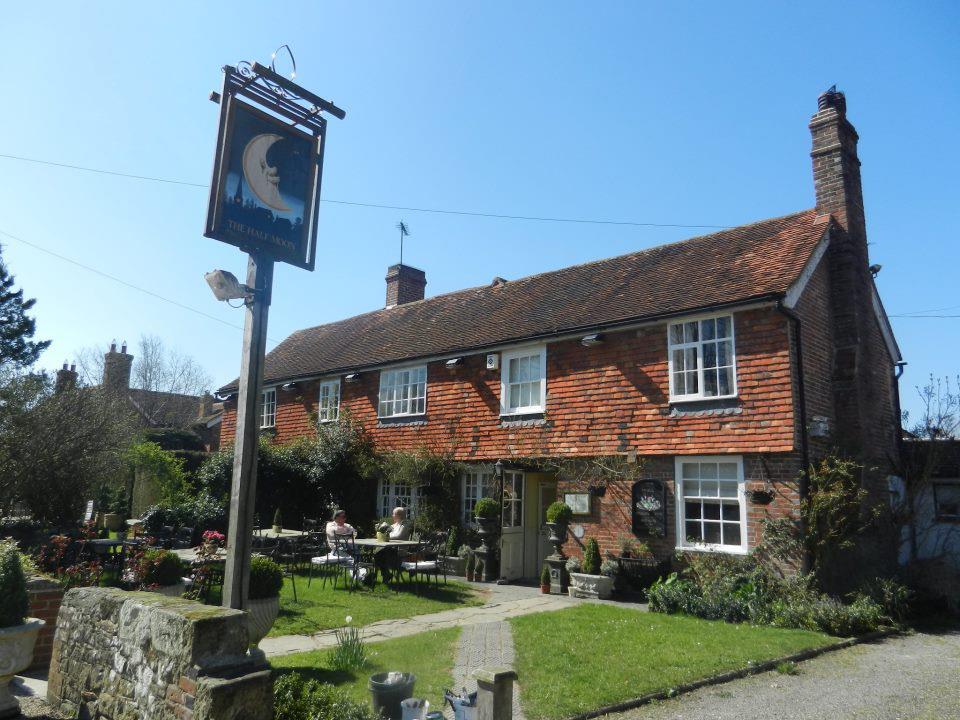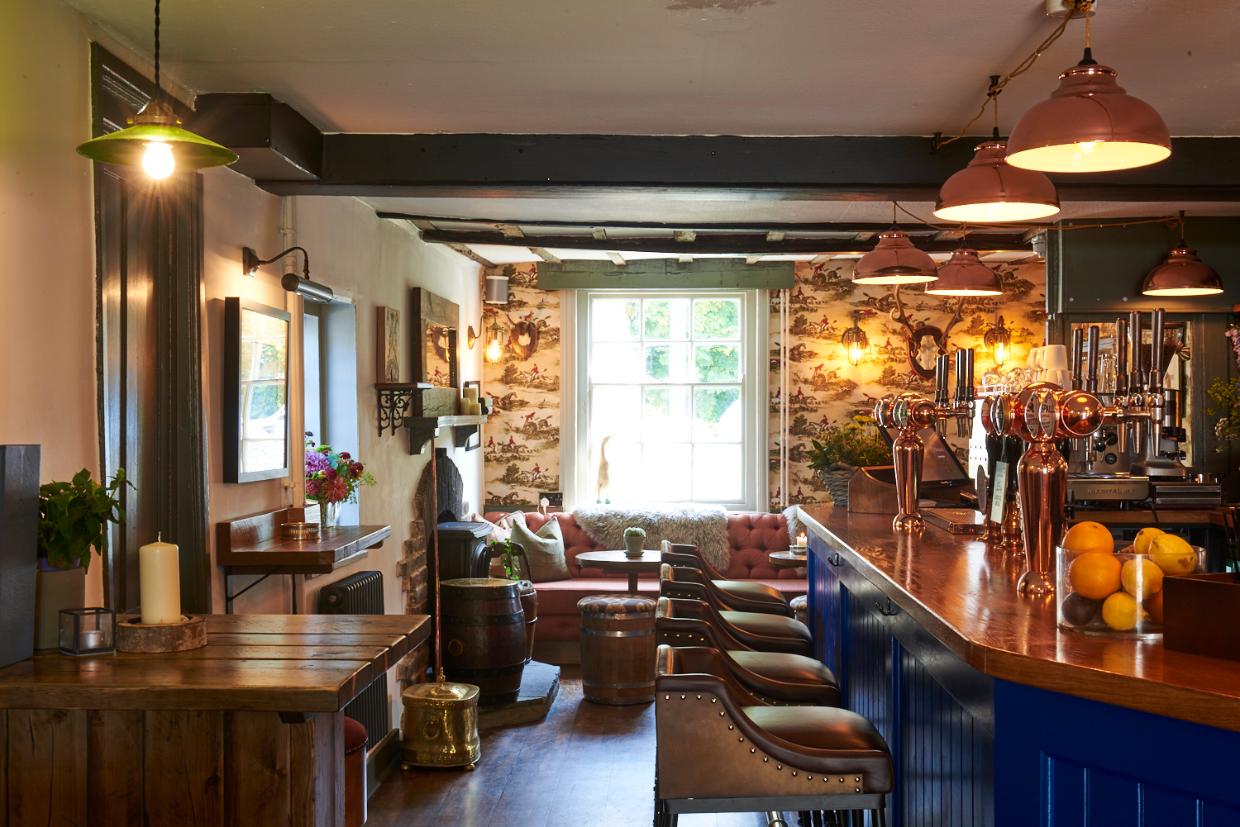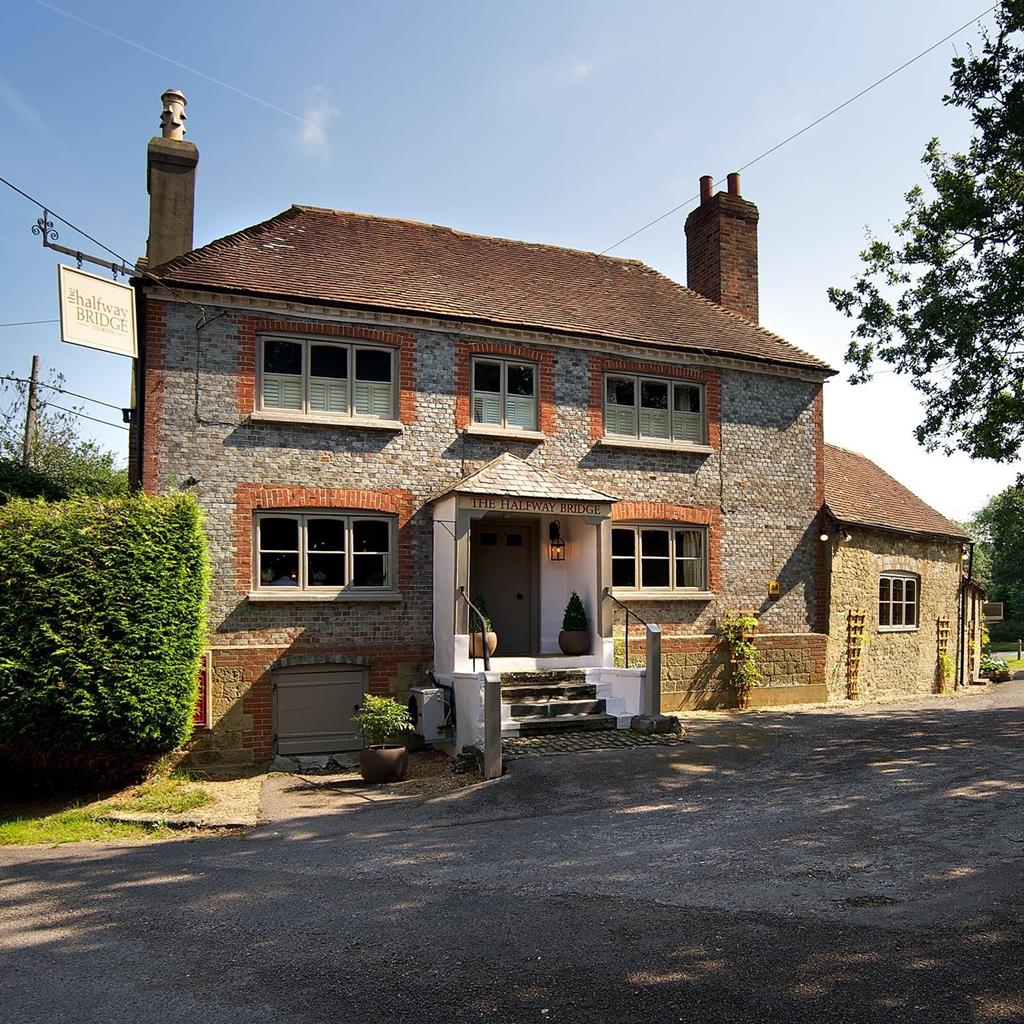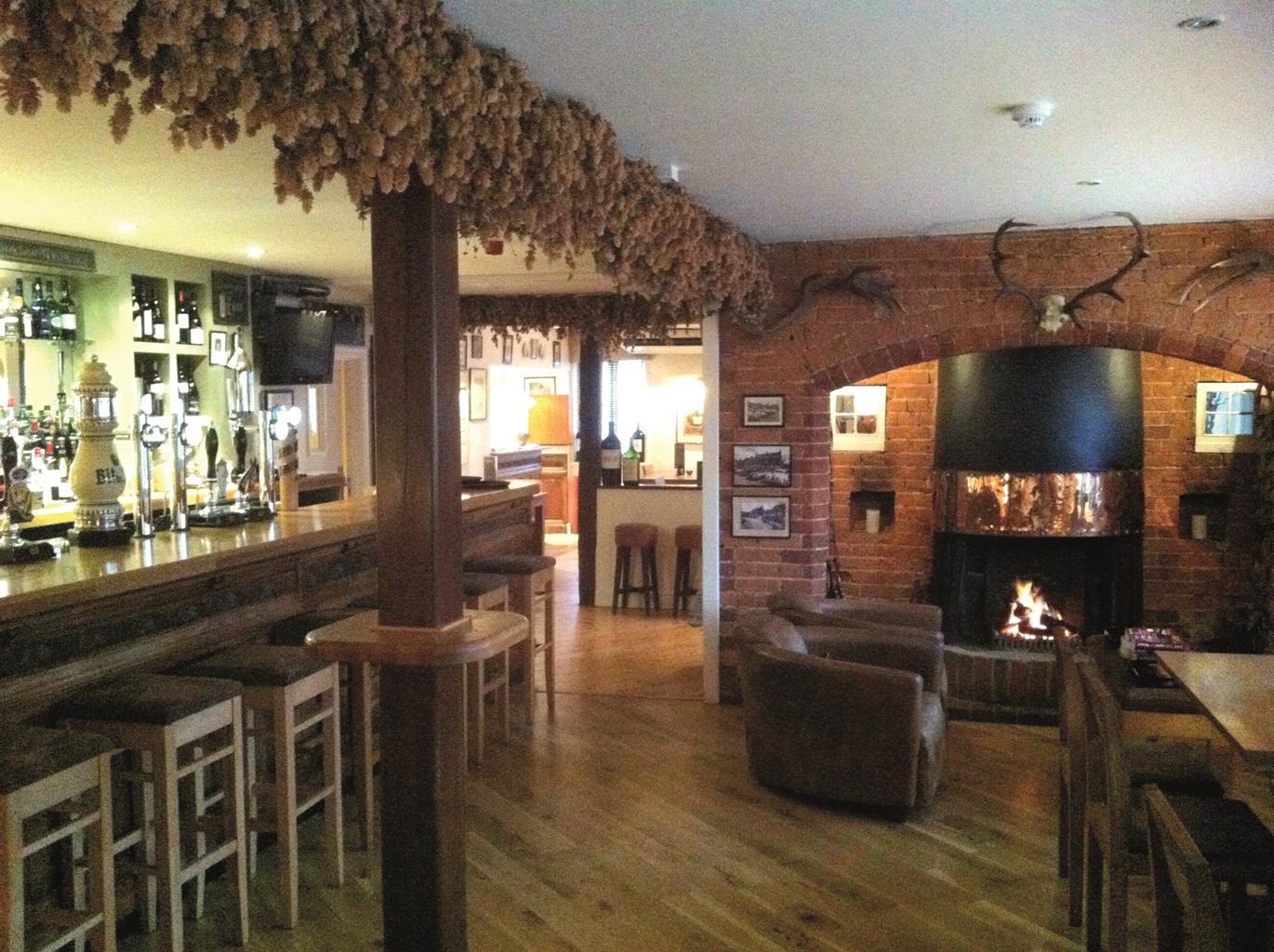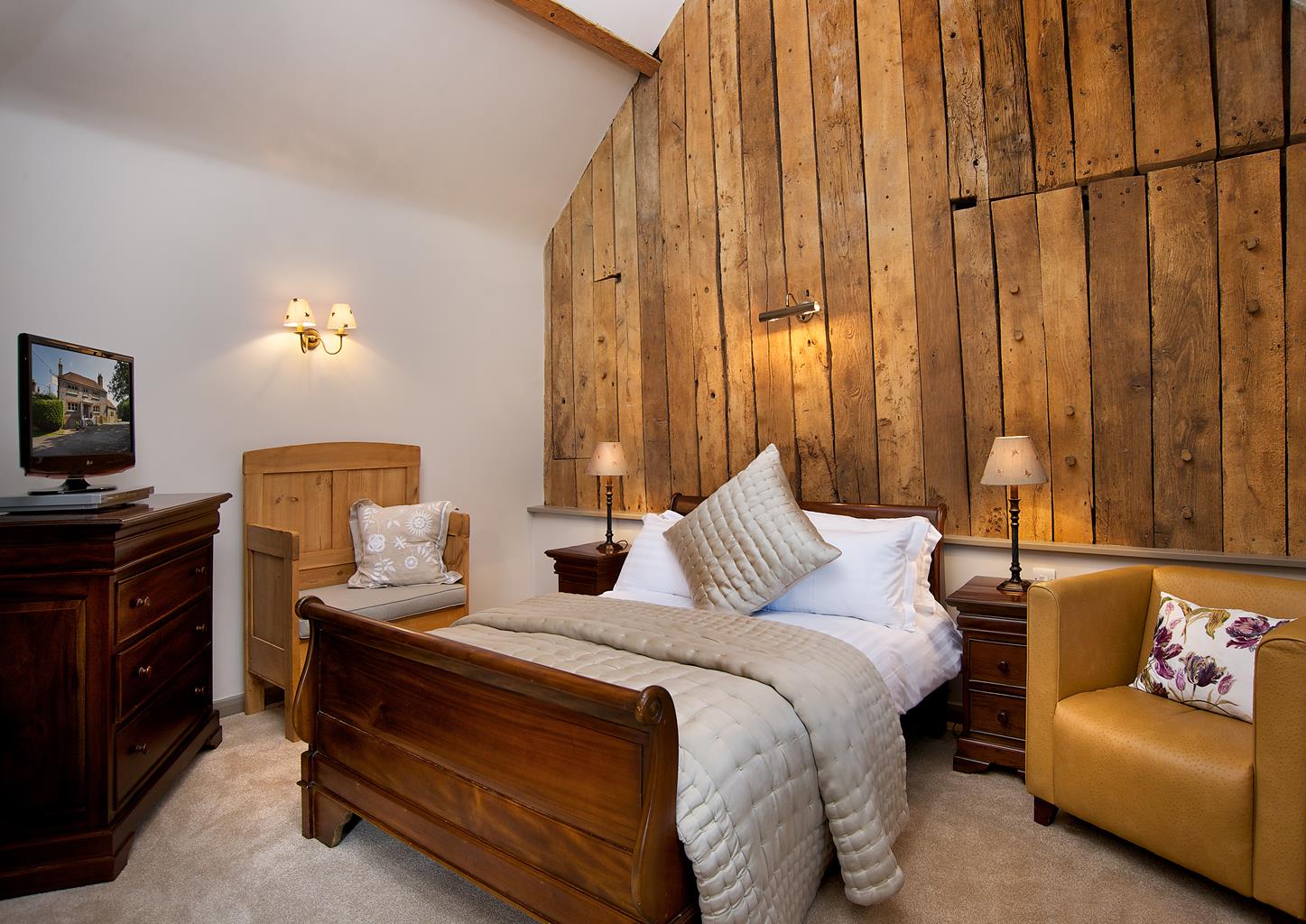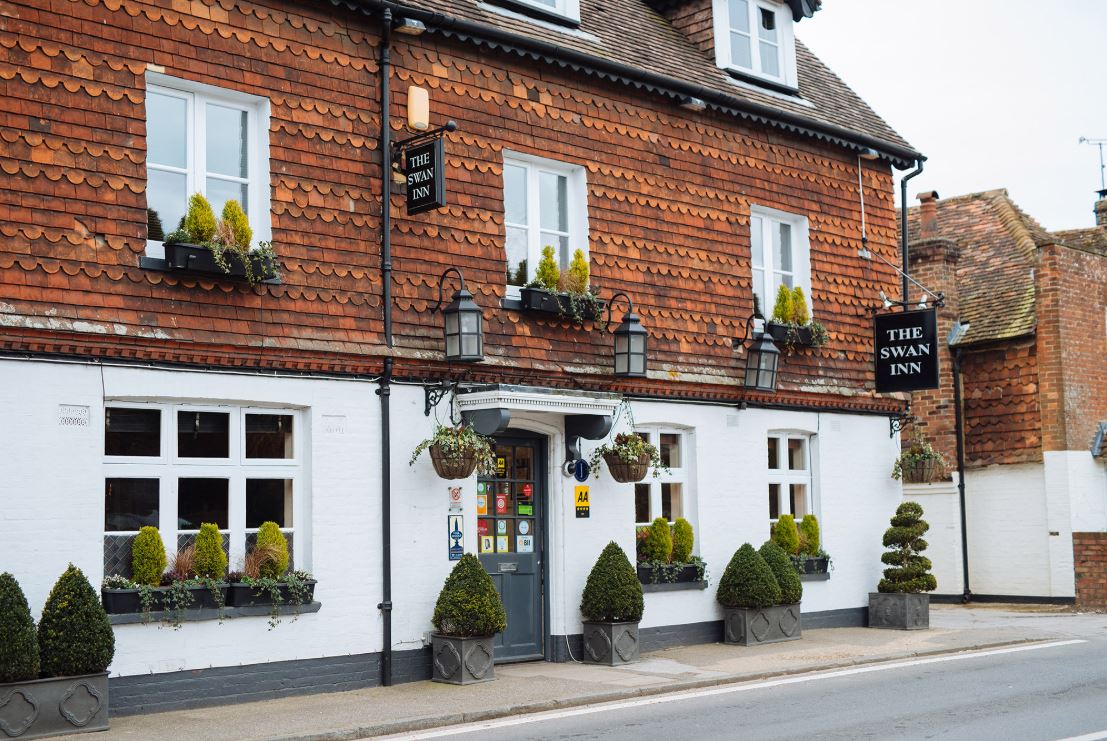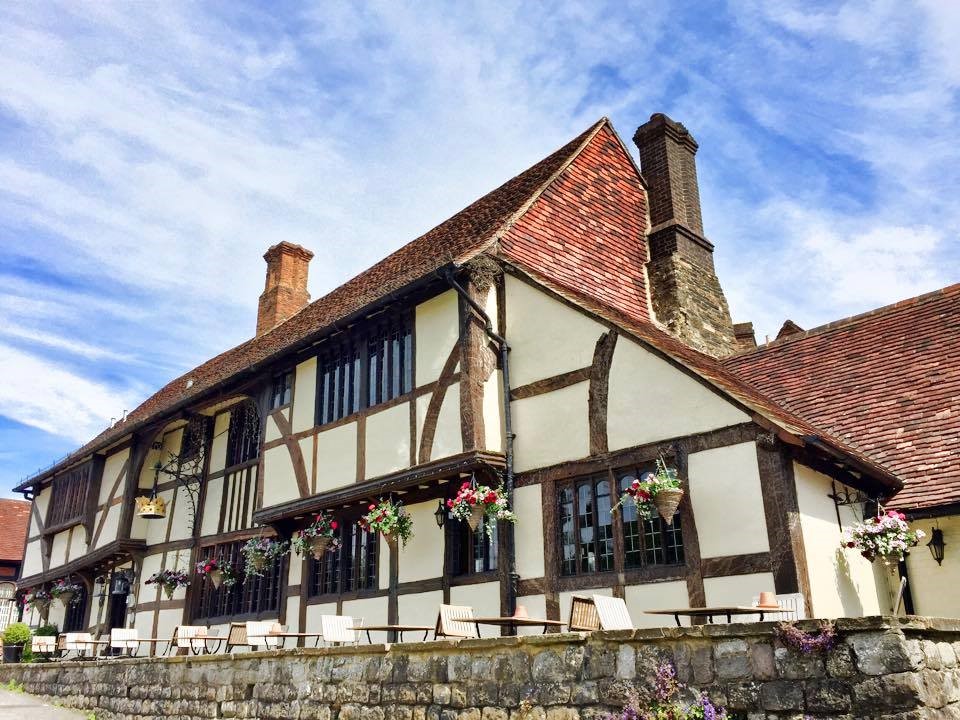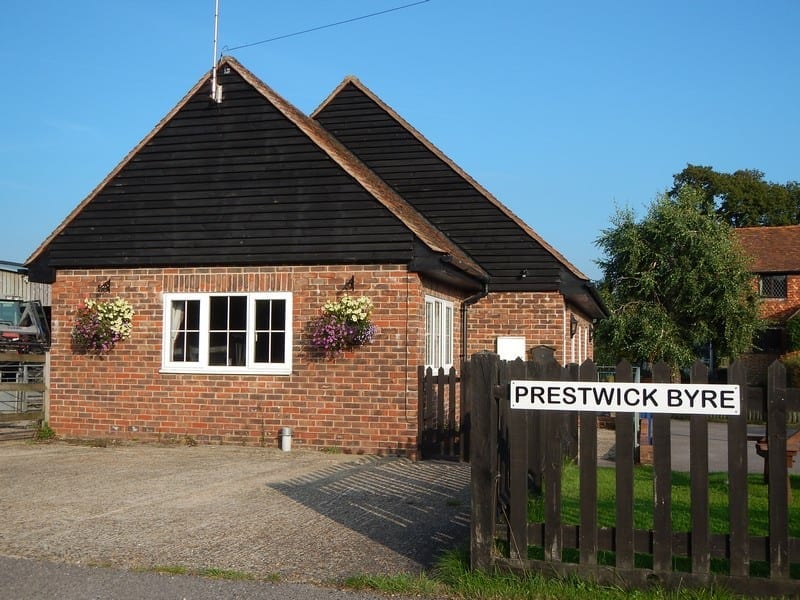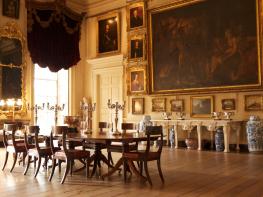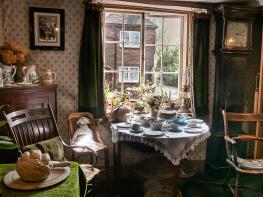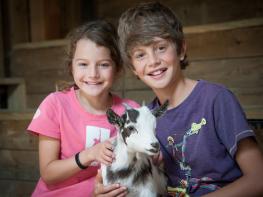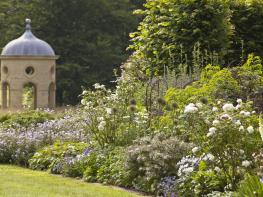This inn, located between Petworth and Midhurst, has attractively styled rooms in a converted…
Ebernoe Common

Stroll through centuries of fascinating landscape history now being restored by the enterprising Sussex Wildlife Trust.
3.5 miles (5.7kms)
About the walk
In 1980 the Sussex Wildlife Trust bought 185 acres (75ha) of Ebernoe Common, where woodland was under threat. It now owns more, much of which is a Site of Special Scientific Interest (SSSI).
The Trust has a very carefully thought-out management plan to return the common back to wood pasture and restore the glades that were once so characteristic. Wood pasture was a medieval and later use of commons and heaths, where livestock grazed amongst timber trees or ‘standards’. Grazing prevented undergrowth and scrub from invading the grassland.
Here you can see ancient oaks and beech trees dotted around, clearings, coppicing and much more besides. Ebernoe Common is rich in species with, for example, more than 900 types of fungi and 375 species of wild flowers and grasses. Sussex cattle have been introduced to restore the character of the common, by grazing away the coarse undergrowth of past neglect.
By the 14th century the common was used for pigs, which fed on acorns and beech nuts. It was also an important source of timber and firewood. In the late 16th century, industry arrived with an iron furnace. A water wheel drove the furnace bellows and trip hammer, powered by water from Furnace Pond. The pond was created by damming a stream, which can be seen on the walk.
The church on the common
The route passes a brick kiln that has recently been restored as part of the common’s improvement programme. First shown on an estate map in 1764, the kiln functioned until the 1930s, and made the bricks for Ebernoe church in the 1860s. The Victorian church is built in red brick with bands of yellow and black, a style known as ‘constructional polychromy’. Inside, by contrast, it’s whitewashed and simple. The lord of the manor, W R Peachey, paid the £1200 building costs, and the churchyard wall was built in brick mainly to keep out the common’s rabbits.
Walk directions
From the car park head down the track to the left of the churchyard and a Sussex Wildlife Trust sign. Continue along the track, passing through a gate beside a cattle grid to continue ahead (not right), through old hazel coppicing amid the oak, beech and ash trees. You pass a brick kiln, a Scheduled Ancient Monument, and cross a causeway past a pond. The path ascends again. At a fork bear left. The ground levels and continues to a gate by another cattle grid. Through this continue on the path, and where a grassy area appears on the right, enter it to emerge from the wooded common.
Continue across the grass, a farmhouse with a large pond in its garden to your left. Go along the edge of the woods, on a wide grass strip. Where the hedge goes left continue ahead into the wood and wind through the wood. Bear right along a lane.
Turn right on a farm road by a footpath sign, then take the first fork left, signed to Sparkes Farm. Continue along this track between trim hedges, diverting at a kissing gate to read about the Butcherland Fields restoration project on an information board. Back on the track, continue to the crest.
Continue past Sparkes Farm to your right, and follow the track through a gate. After 50yds (46m), ignore a path signposted to the left, carry on along the track for another 150yds (137m), then fork left at the signpost with a nature reserve sign into the wooded common at a footpath post. Follow the path and bear half right at a footpath post and cross a footbridge. Continue to another footbridge between ponds. Pass through a bridlegate and follow the clear path.
Pass between three posts and bear left along a track as far as a footpath sign where you bear right along a track to a bridle gate. Through the gate, you cross a field alongside a hedge. From the field corner descend into Willand Wood.
Just before two streams (with a footbridge crossing the further one) bear right and follow the winding path roughly parallel to a stream. The path climbs right and continues to the banks of a large hammer pond, Furnace Pond. Cross the footbridge over the outlet weir and bear left, still alongside the pond, and climb steps out of the valley. At the top bear half right to the church.
Additional information
Woodland paths and tracks, field paths and tracks
Heath and wood and former iron industry hammer ponds
Cattle have been introduced to graze part of the common
OS Explorer OL33 Haslemere & Petersfield
Car park by Ebernoe parish church
None on route
WALKING IN SAFETY
Read our tips to look after yourself and the environment when following this walk.
Find out more
Also in the area
About the area
Discover West Sussex
Divided from East Sussex back in 1888, West Sussex is so typically English that to walk through its landscape will feel like a walk through the whole country. Within its boundaries lies a wide variety of landscape and coastal scenery, but it is the spacious and open South Downs with which the county is most closely associated.
In terms of walking, you’ll be spoilt for choice. Studying the map reveals a multitude of routes – many of them to be found within the boundaries of the South Downs National Park – and an assortment of scenic long-distance trails leading towards distant horizons; all of them offer a perfect way to get to the heart of ‘Sussex by the sea,’ as it has long been known. If you enjoy cycling with the salty tang of the sea for company, try the ride between Chichester and West Wittering. You can vary the return journey by taking the Itchenor ferry to Bosham.
West Sussex is renowned for its many pretty towns, of course. Notably, there is Arundel, littered with period buildings and dominated by the castle, the family home of the Duke of Norfolk, that dates back nearly 1,000 years.
Nearby stays
Restaurants and Pubs
Nearby experiences
Recommended things to do
Why choose Rated Trips?
Your trusted guide to rated places across the UK
The best coverage
Discover more than 15,000 professionally rated places to stay, eat and visit from across the UK and Ireland.
Quality assured
Choose a place to stay safe in the knowledge that it has been expertly assessed by trained assessors.
Plan your next trip
Search by location or the type of place you're visiting to find your next ideal holiday experience.
Travel inspiration
Read our articles, city guides and recommended things to do for inspiration. We're here to help you explore the UK.

